
Rupp Industries was always a performance-oriented company and, by the 1971 season, it had grown to become a top 10 snowmobile manufacturer.
For 1972, Mickey Rupp’s company completely overhauled its snowmobile lineup, creating multiple new models including the legendary Nitro, the American wide-track family sled, and the price leader Rogue.
To complete the roster with a middle-of-the-market offering, Rupp also created the snowmobile equivalent of an automotive sports sedan. They called it the Yankee.
Rupp Yankee: Curious Collection of Features
Described in the 1972 Rupp brochure as providing both performance and luxury, the eye-catching new Yankee offered two-up seating on a sporty chassis to slot in between the single-seat high-performance Nitro track-and-trail-racer, and the larger, more expensive American, with its longer and wider two-up seat, electric start, slide rail suspension and wide track.
Built on a lightweight, polished-aluminum chassis with an all-new easy-open aluminum chain case, and equipped with a disc brake and sleek contemporary styling, the blood red Yankee was a real looker. It had the bones of a performance sled – at least if you overlooked the dated engine placement in the rider’s lap, the lack of ski shocks, and the bogie wheel rear suspension.
For power, buyers could choose between three Rupp-engineered but Tohatsu-built twin-cylinder engines: a 294 with a claimed 25 horsepower; a 340 said to produce 30 HP; and a now fully de-bugged 40 HP 440 that had caused much trouble when introduced in 1971. Each of these horsepower claims may have been inflated for marketing purposes – 19, 21 and 27 horsepower, respectively, were cited in widely available aftermarket service data.
Rupp also had a curious approach to luxury with the Yankee. It was definitely ahead of the competition with features like a completely enclosed engine compartment, wrap around taillights, side marker lights for nighttime safety, a snow flap on the tunnel and a tow hitch. It also had a comfortable seat with 6 inches of foam plus a large storage compartment in the padded backrest.
However, as Rupp expert Tom Peterson says of the ’72 models, “Everything (else) was basically an option.” That meant you paid extra if you wanted any instruments on your Yankee, not to mention a kill switch, headlight dimmer switch, electric start, ski shocks and other nice-to-have features.
It’s also worth noting that, like most other Rupps, the Yankee was relatively expensive – considering it’s features and benefits – compared to offerings from other major brands. Many of those other brands also had much greater marketing resources available to promote the sales of their sleds.
Performer or Pretender?
Invitation To Snowmobiling magazine tested a pre-production Yankee 40 in the Colorado Rockies and gave the machine a decidedly mixed review. The editors compared it to a Corvette, noting that it had “strong good looks.” They praised the Rupp/Tohatsu engines, and said the sled was “really fun to ride and requires your attention.”
They also had some serious reservations. Maneuverability of the Yankee was rated as good, but it also tipped over at the lowest angle of any of the eight sleds tip-tested by the magazine that spring.
Overall comfort was rated very good, with the new Rupp seat earning particular praise. Engineered with information from University of Michigan studies on spinal injuries from jumping snowmobiles, the seat featured a full 6 inches of cushioning foam. It also held what was described as “one of the biggest and easiest-to-get-at storage areas on a snowmobile today.”
The Yankee came in as mid-pack on noise emissions, although rider ear-level noise was higher than most. However, access for adjustments and repairs was rated below average. Most damning of all was a serious brake problem that was apparently unique to this particular prototype and resulted in an unacceptable rating for braking performance from the magazine. Their final summation of the Yankee was “rare in spots, raw in others.”
The Yankee Strikes Out
Model year 1972 saw the high water mark for Rupp snowmobile production with about 29,000 units constructed, putting them in the industry’s top five manufacturers. But industry-wide over-production had left many brands including Rupp with heavy and financially draining sled carry-over to 1973.
Even worse, ‘73 turned out to be a really disastrous year for Rupp. Although it significantly reduced sled production, including dropping the Yankee 294, 1973 was the end of the trail for company owner Mickey Rupp, and the end for his sports sedan for the snow.
Bankrupt and failing, Rupp Industries was sold to Joseph Hrudka of Mr. Gasket fame. The model line-up was substantially overhauled again, and the pioneering red sleds began to slowly fade to black.
Editor’s Note: Every Snow Goer issue includes in-depth sled reports and comparisons, aftermarket gear and accessories reviews, riding destination articles, do-it-yourself repair information, snowmobile technology and more. Subscribe to Snow Goer now to receive print and/or digital issues.


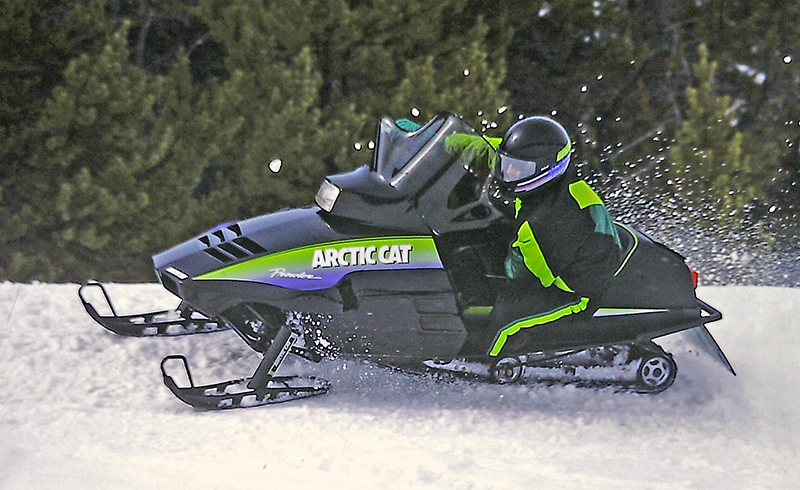
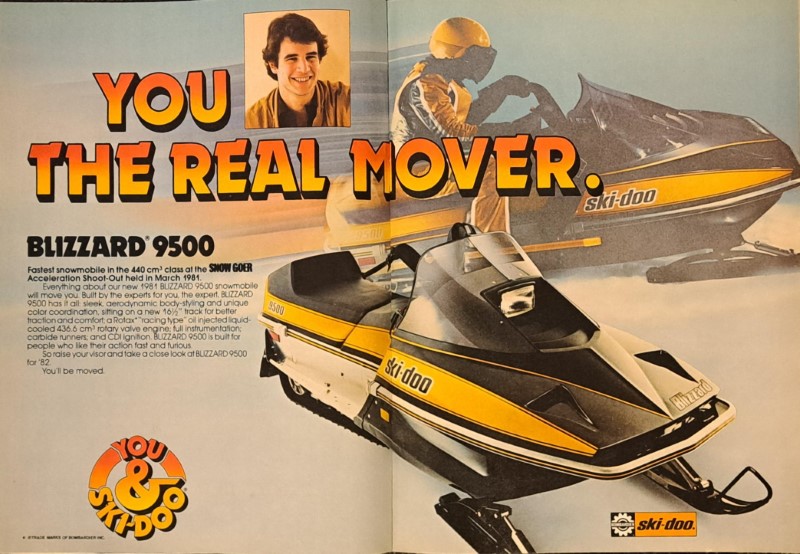
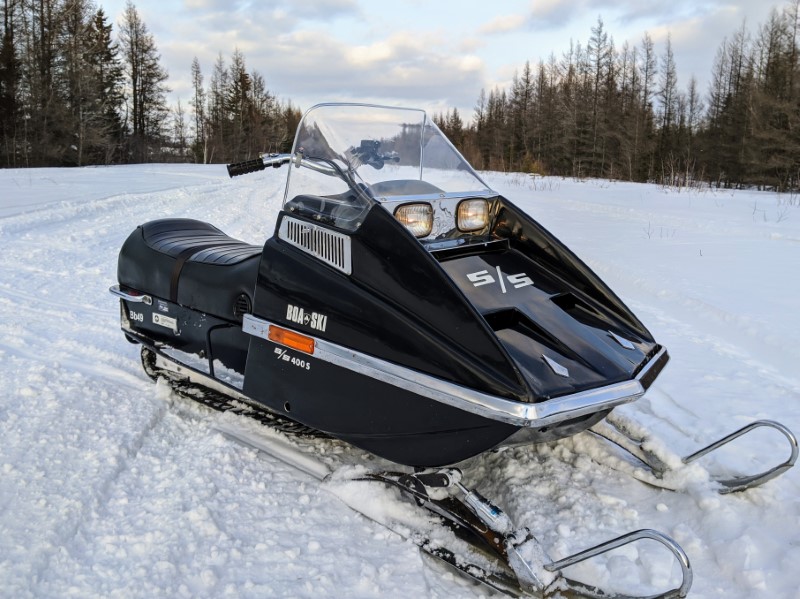
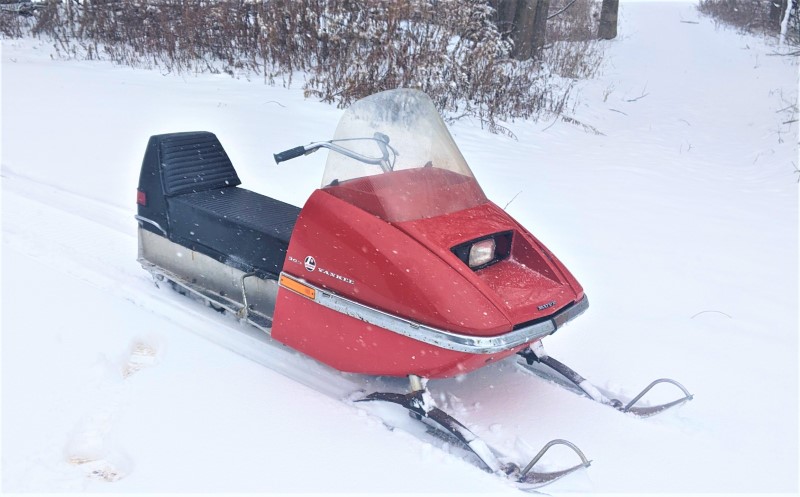
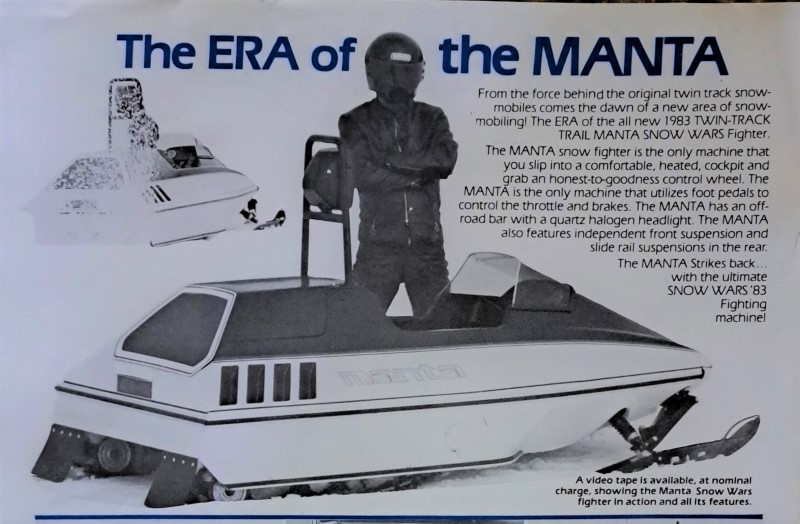

Hello I have a snowmobile RUPP YANKEE in good conditions I would like to know the value
Thank you